On a clear and breezy October day last year, we visited Il ghetto di Veneiza. The entrance to the Ghetto was through picturesque alleys and bridges. Tranquil and seemingly insignificant, in Venice.
There were two sites of Ghetto in Venice - the Ghetto Nuovo ("New Ghetto"), and the adjacent Ghetto Vecchio ("Old Ghetto"). Ghetto was a Venetian slang, meant foundry, thus the original meaning of these two sites meant New Foundry and Old Foundry. The first Jewish settlement was assigned to the Ghetto Nuovo and later on, Ghetto Vecchino became the newer settlement. Therefore, Ghetto Nuovo was the older ghetto and Ghetto Vecchnio was the younger Jewish community. Now, ghetto has entered our vocabulary, thus caused some confusion. In below paragraphs, I would not attempt to differentiate those two sites, and the old and new synagogues, rather speaking of them in a collective terms.
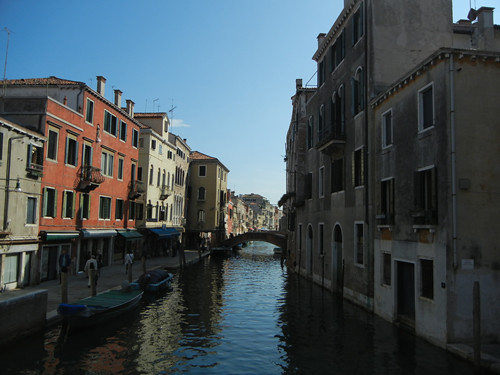
Entrance to Il Ghetto di Venezia
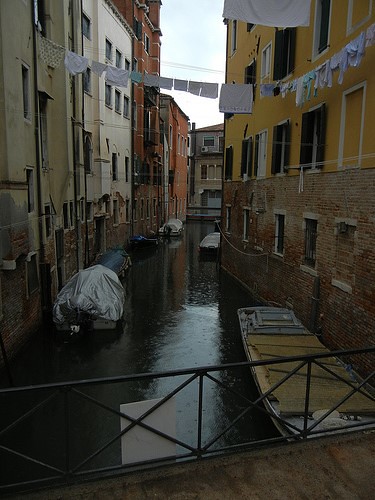
Once inside the ghetto, we were greeted with a large public square, a campo in Italian, open and orderly, encased by many slender tall buildings. Later on, we learned that in the distant past, the population was much larger and there was no place to build new rooms but higher up, thus those chimney-like buildings. One could image that it was far more crowded and perhaps less well maintained and scrupulously swept then.
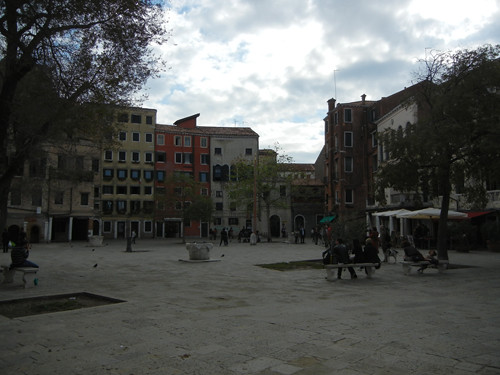

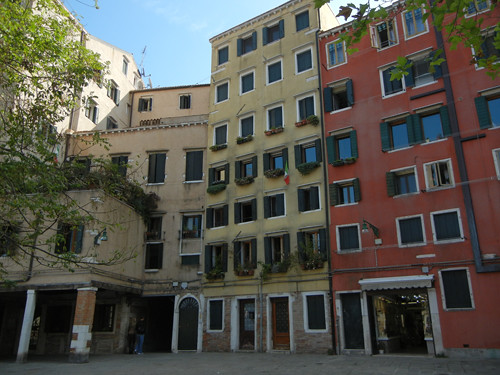
I particularly liked those wells inside the courtyard and they surely had served as communal meeting grounds and had witness much upheavals over the years. Now, they stood there with quiet dignity, patiently serving the remaining residence and the swarming intruding visitors.
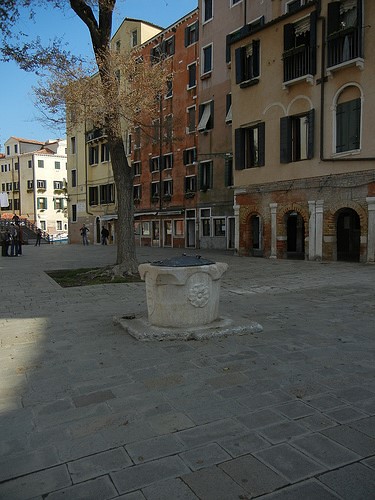
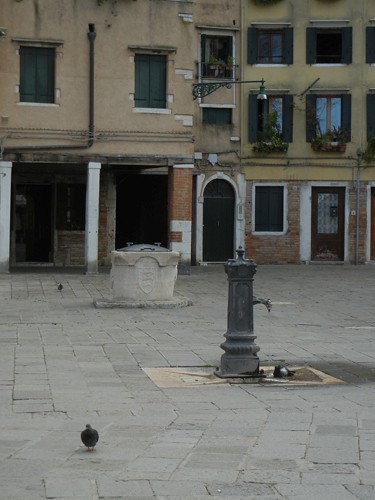
At the far end of the campo, there were many memorial plaques, next to a sentry booth, underneath sinister-looking barbed-wires, silently invoking terror and sorrow of the past.
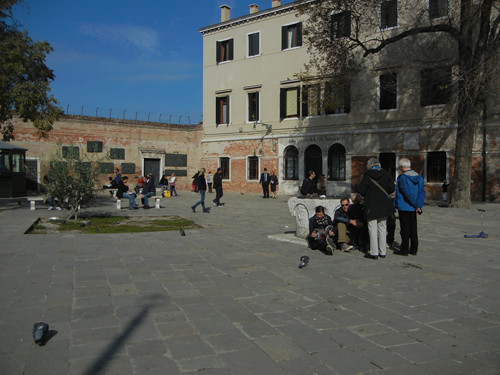
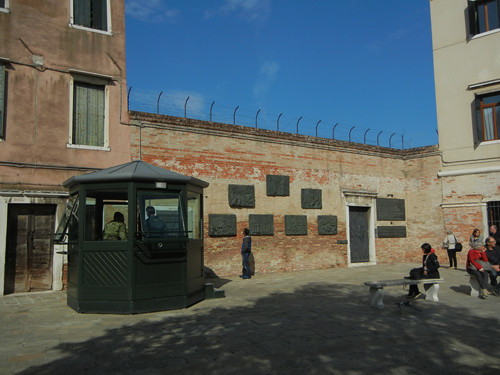

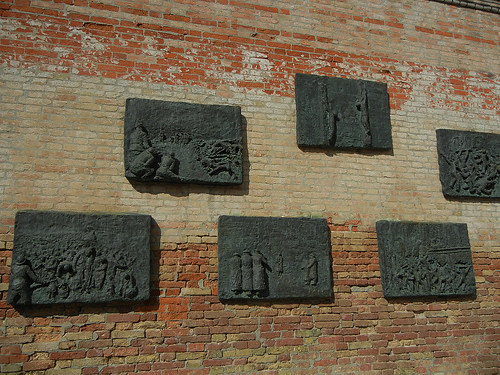
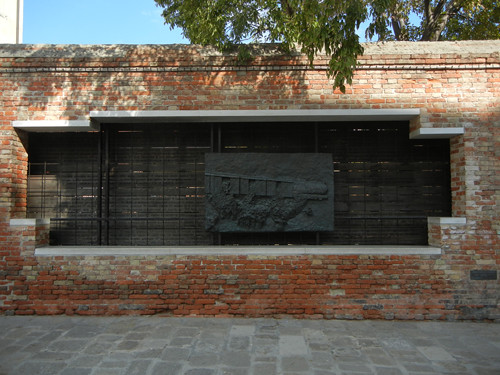
Facing the memorial wall, in a corner of the compound there were the Museo Ebraico (Jewish Museum) and a synagogue. From outside, we saw the small dome of the old synagogue:
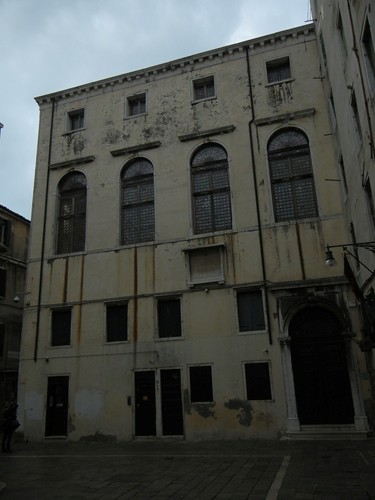

The picture below was a model of the synagogue, on display in the Jewish Museum.
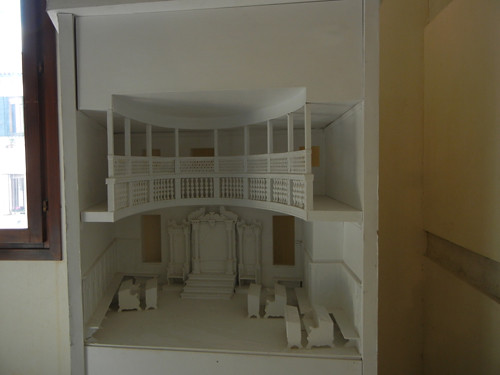
However, the real Old Synagogue was a little distance away and outside this campo, and only through guided tour, we were able to peer into this impressive old structure, which still served a tiny number of people:
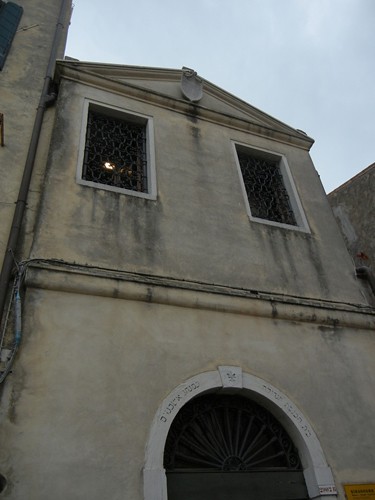
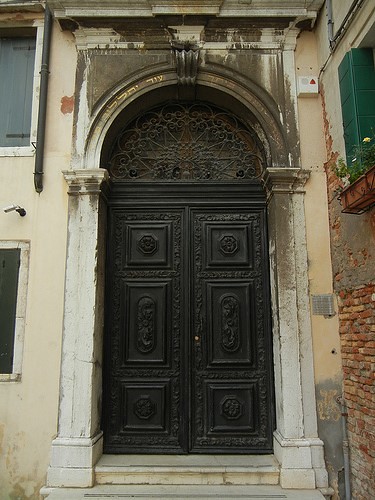
The Museo Ebraico, similar to the Jewish Museum in Vienna we just visited, had many interesting artifacts documenting the ancient people and their unique heritage, of which I could only approaching from aesthetic angle thus I shall let the pictures speak for themselves:

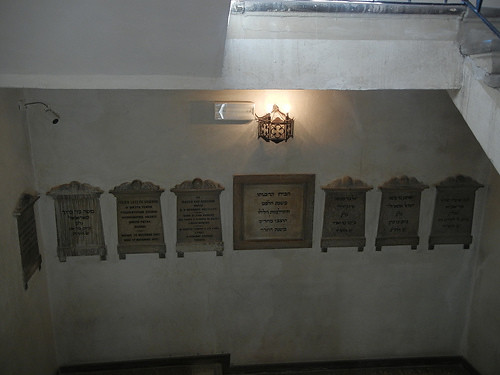
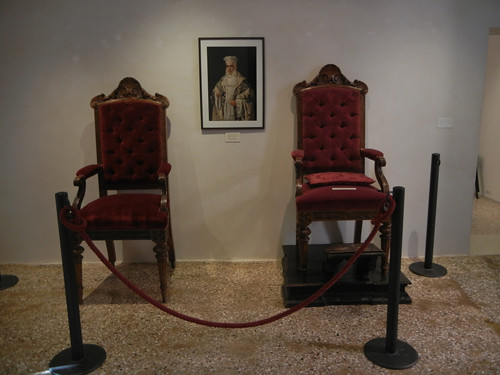
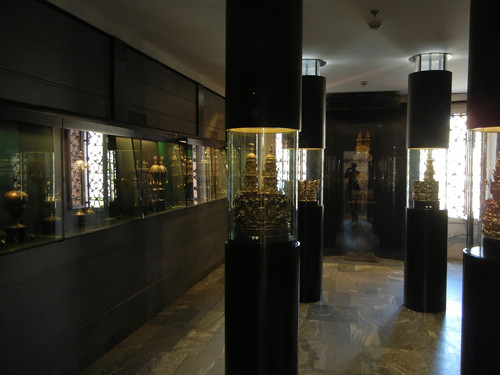
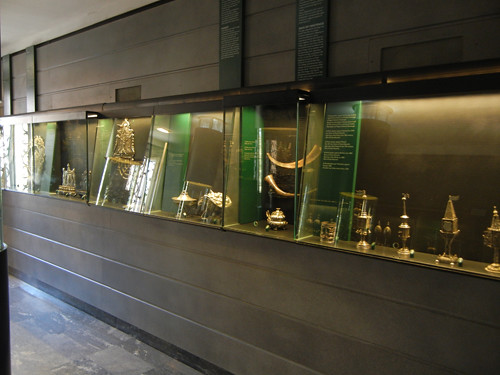
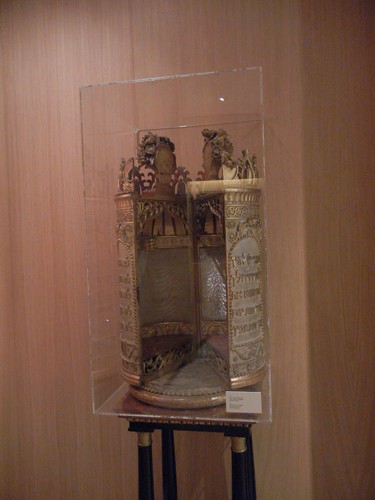
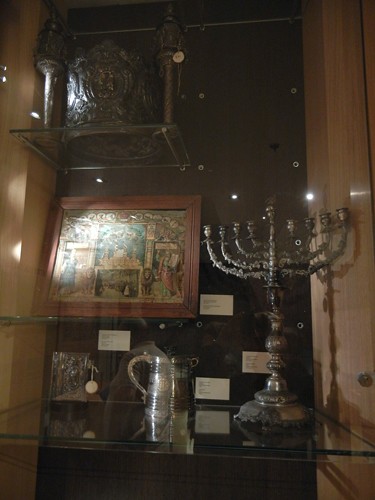
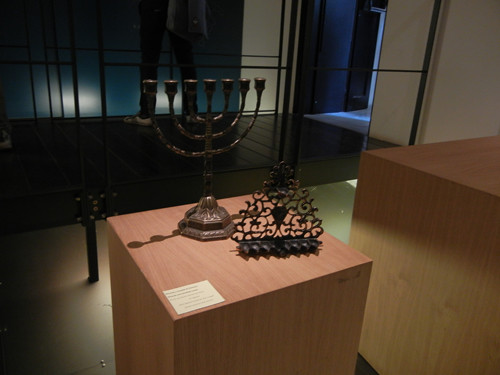
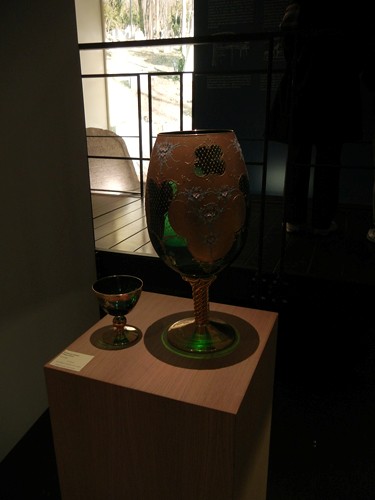
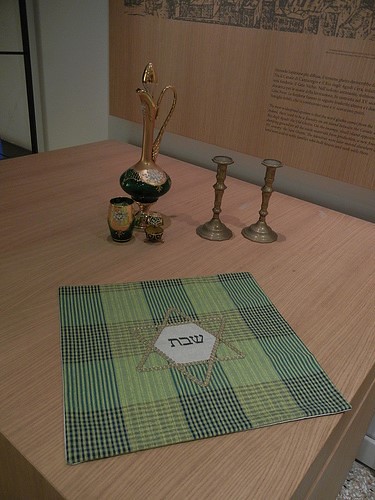

Related posts on Art · 文化 · Kunst:
- Famed Palaces and Houses (Ca') in Venice
- Two Museums in Venice - Gallerie dell'Accademia & Collezione Peggy Guggenheim
- Bridges in Venice, Italy
- San Giorgio Maggiore, Il Redentore, Scuola e Chise Grande di San Rocco, Venezia
- Magical Piazza San Marco in Venice
- Teatro La Fenice di Venezia (La Fenice Theatre in Venice)
- Boy With Frog Sculpture and Punta della Dogana, Venice
- Late Night of Jewish Museum in Vienna
- Exhibitions at Contemporary Jewish Museum, San Francisco
Label: Italy, Austria and Italy Trip 2012





No comments:
Post a Comment